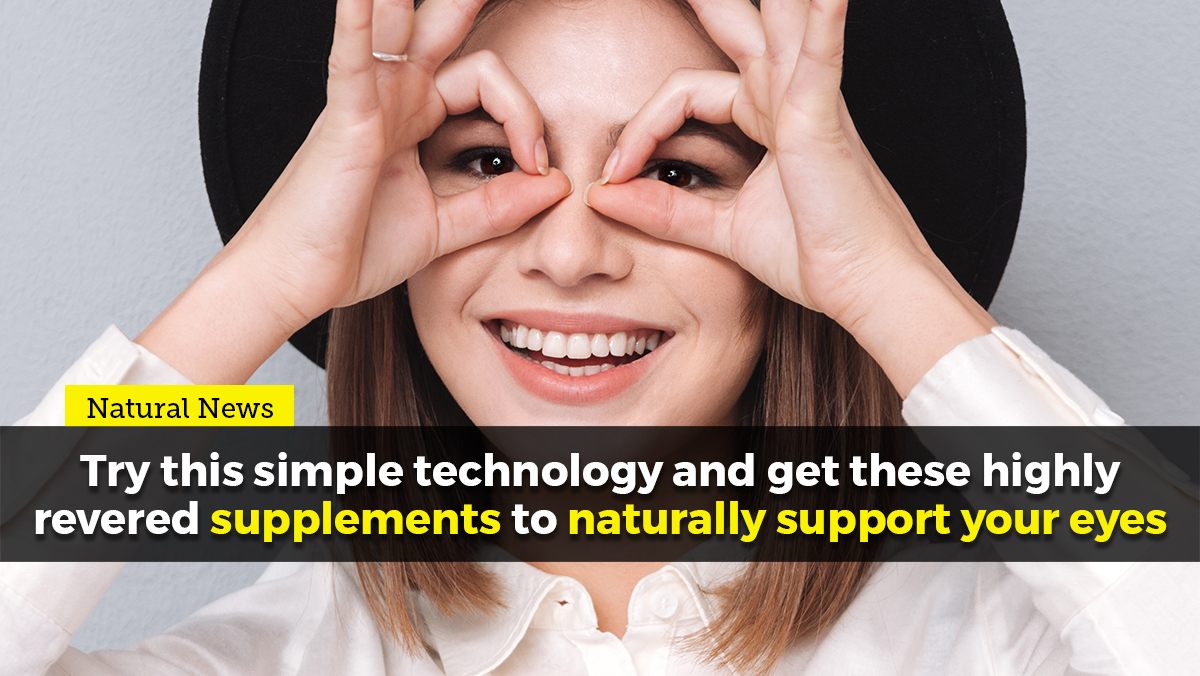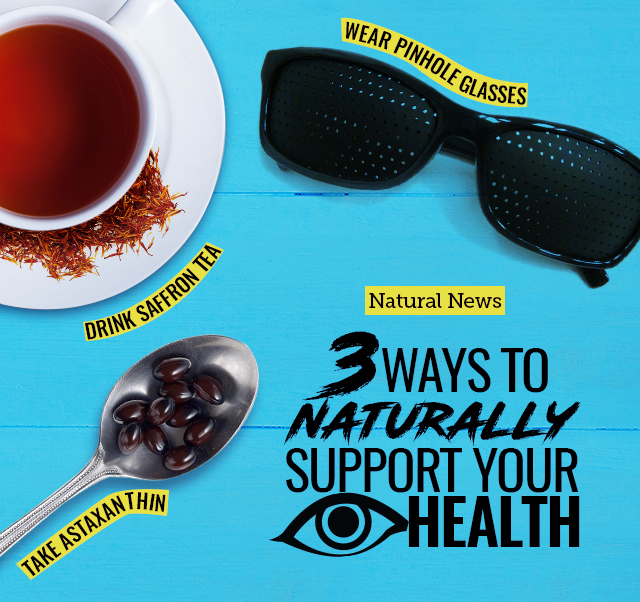
To avoid the inconvenience of wearing glasses or contacts, millions of Americans have started to opt-in to LASIK eye procedures, a surgical technique that uses a laser to correct nearsightedness and astigmatism. However, a new study reveals that more than 40 percent of LASIK patients experience new symptoms after surgery, suggesting this procedure is far from perfect and may initiate symptoms that were not present before.
The good news is there are much cheaper and less invasive ways to support your vision, thanks to some simple technology and a couple supplements.
Pinhole glasses
Pinhole glasses are very inexpensive and easy to use, and are a "registered medical device" with the U.S. Food and Drug Administration. How do they work? According to Healing the Body:
"These glasses have hundreds of tiny holes that alter the light entering your eyes, transforming the light from an overpowering mass of light rays to a collection of lower-intensity, distinct light rays that effectively give your eyes a more “organized” pattern on which to focus. This causes the ciliary body of your eyes to engage in adaptive exercise which helps support the range of motion of your ciliary muscles.
Those muscles control the shape of your lenses that focus light inside your eyes. As these muscles become stronger (over a period of days and weeks), they become more “fit” instead of “flabby,” just like resistance exercises make your other body muscles more capable over time."

This makes pinhole glasses extremely easy to use, completely safe, and a fun way to improve your "eye fitness." Try the Health Ranger's Pinhole Glasses to get started on your new eye exercises.
Astaxanthin
Astaxanthin (asta-zan-thin) is a deep red colored phytonutrient that is grown in fresh water using techniques that encourage the algae to grow its own powerful medicine to protect itself from oxidation, UV radiation, and other environmental stressors. When it is harvested and concentrated into a liquid capsule, it quickly becomes the most potent natural antioxidant known, with research showing that vitamin C (a powerful antioxidant) is 6000 times weaker than astaxanthin. No wonder this nutrient has been adorned with the title "King of Carotenoids."
Astaxanthin is well known to be an excellent supporter of eye health due to it's naturally high antioxidant levels, and it's ability to cross into the tissues of the eye safely and deliver its effects with incredible potency. For maximum results, 8-16 mgs a day is recommended from a natural and clean source, like the Health Ranger's Hawaiian Astaxanthin.
Saffron
Saffron is the most expensive spice in the world, stemming from the dried orange-red stigmas of the Crocus sativus flower, which are harvested by hand. Since it takes about 70,000 flowers and countless man-hours to harvest a pound of dried saffron, one can understand why it is so expensive.
There are several studies that suggest the benefits saffron has for eyesight, many of which you can see here. It is believed that saffron's beneficial effects come primarily from the ability to increase oxygen levels in the body, including in the eyes.
Of course, consuming an antioxidant rich diet, avoiding toxins, and limiting the amount of time staring at electronic devices like the TV or your cellphone, will also be of assistance in making sure your eye health stays in good shape for many years to come.

You only get one set of eyes...so start taking action to avoid further consequences you don't see coming.
For more information on powerful antioxidant superfoods, visit Superfood.news.
Sources include:
Please contact us for more information.





















